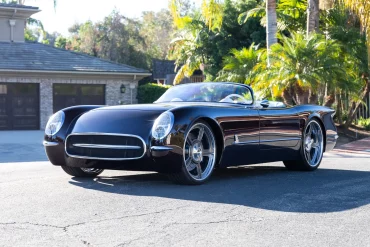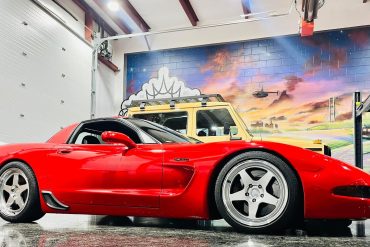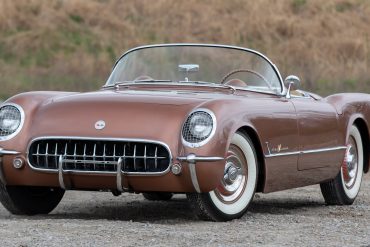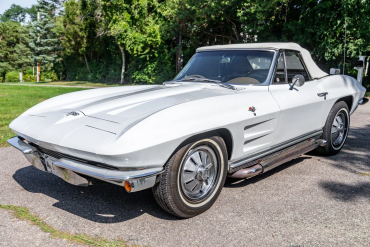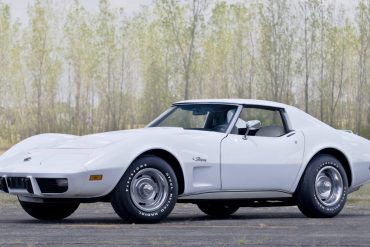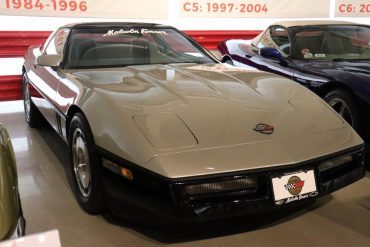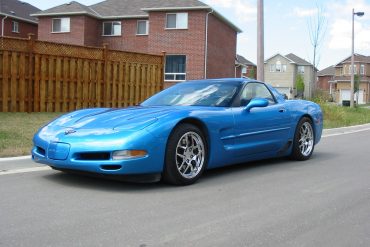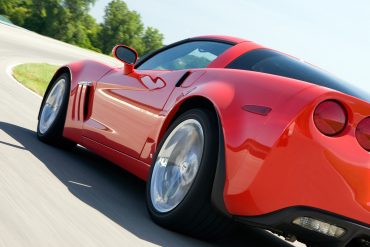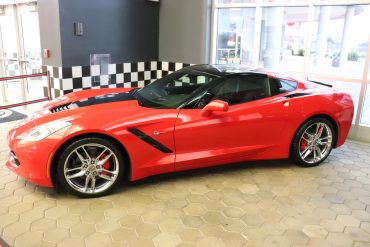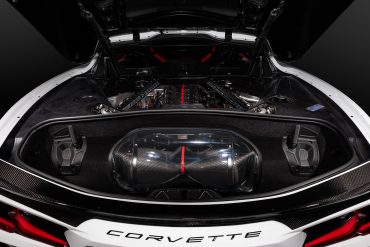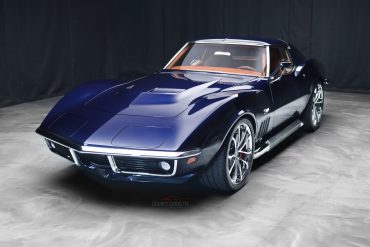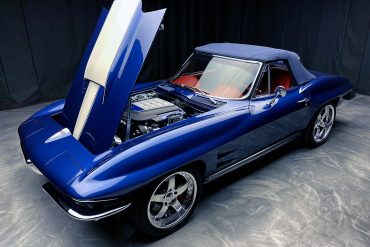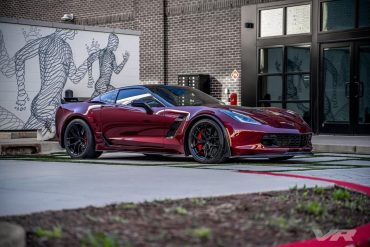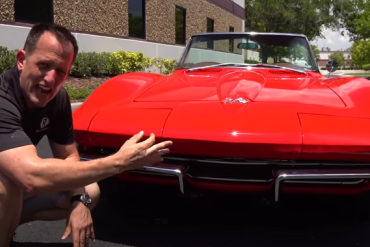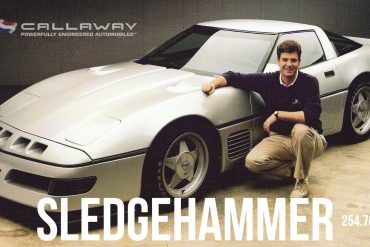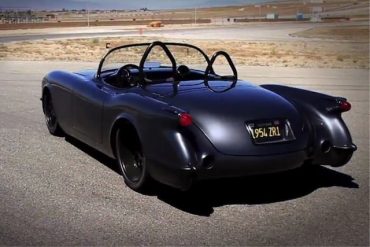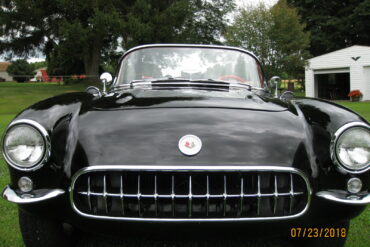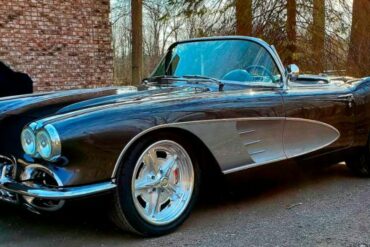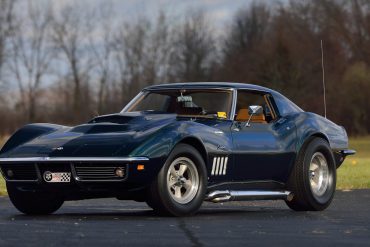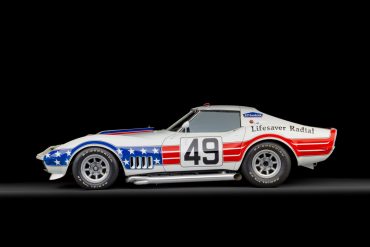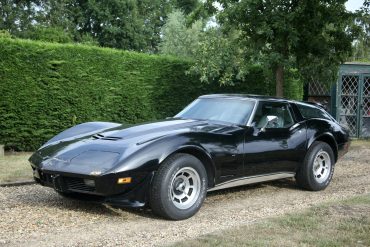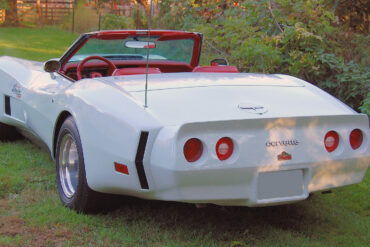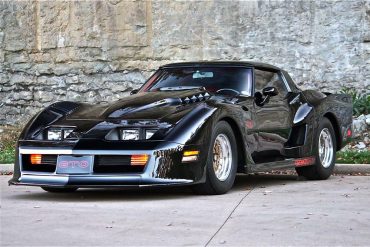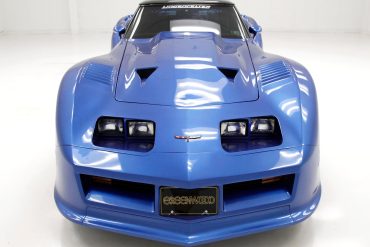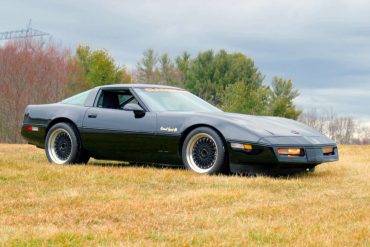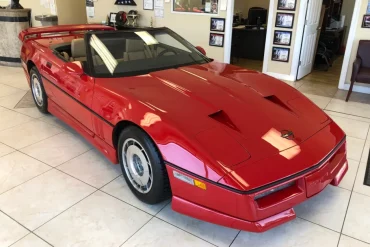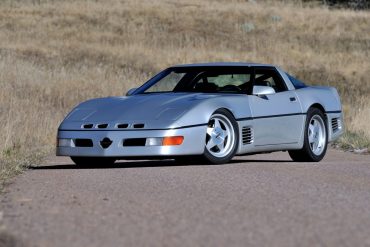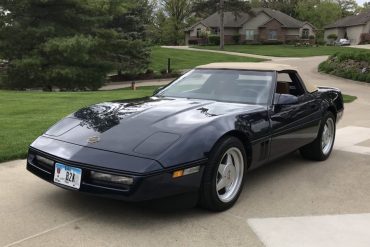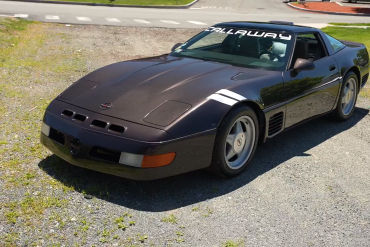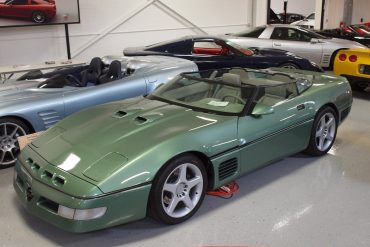If the name sounds familiar, you may have run across Dave Kindig on the reality TV show Bitchin’ Rides, where...
Today as we continue our Facebook For Sale Feature, (where I showcase ‘Vettes that are unique and special), I’d like...
C1 Corvette Modding Guide In the years following World War II, the American automotive scene was in search of something...
The time spanning from 1963 to 1967, was an era of much change and growth for the Corvette. These second-generation...
The C3 Corvette rolled off of the assembly line and into the hearts of sports car and performance enthusiasts alike,...
After a yearlong hiatus leading to a non-existent 1983 production run, the completely redeveloped fourth-generation Corvette emerged onto the scene...
To Remain or Not To Remain Factory Equipped? That Is the Question… Every Corvette owner knows that driving their car...
C6 Corvette Modding Guide When the C6 Corvette burst onto the scene for its first year of production in 2005,...
By the time that the C7 Stingray was revealed on January 13, 2013, at the Detroit Auto Show, an extensive...
The design and prototyping of the Corvette C8 was perhaps the longest that Chevrolet had ever worked on a project....
Welcome to a new series where I showcase cool Corvette Restomods from around the net. In the relatively short time...
Welcome to a new series where I showcase cool Corvette Restomod builds from around the net. In the relatively short...
I see it nearly every day while perusing the numerous Corvette pages on social media, enthusiasts searching for MORE power!...
I’m on social media daily, for what seems like all day, perusing Corvette content in all the corners to find...
It’s hard to believe that just months ago I was doing a feature on one of Reeves Callaway’s legendary builds,...
Timeless Kustoms Breathes New Life into a Classic 1954 Corvette When introduced in 1953, the original Corvette was celebrated by...
Through the Sell My Corvette feature on our website here, a beautiful 1957 Corvette C1 restomod has become available for...
1961 Corvette Restomod Sells for $352k at Mecum Poll any group of Corvette enthusiasts with the question “which is better,...
Various upgrade packages were offered by Motion Industries, for the Chevrolet models included within the Baldwin Corvette partnership. The most prominent of these packages included the SS (425 HP) and Phase III (500+ HP) offerings. These cars not only came with a performance promise, but a guarantee to back it up. All Phase III cars came with a personal guarantee.
When one of his cars was severely damaged in 1972, John Greenwood converted his 1969 L88 Convertible into a formidable race car. Included as the formidable ZL1 engine with 750 bhp on tap. Other modifications included a rear spoiler, quick replacement radiator and camber adjusters. At Le Mans, this car set the GT-class record for top speed down the Le Mans straight with 215 mph.
Greenwood didn’t just build Corvettes for the track, constructing a variety of different street car kits over the years. The story goes that the original ’wagon concept was commisioned by a drummer who wanted a Vette with enough cargo space to haul his drums to various gigs. Since the demise of the Corvette trunk, easily accessible cargo areas were definitely on the wish list for many enthusiasts. Chuck Miller designed and built this first Shark-era Sportwagon.
The Duntov Turbo was built as a partnership between American Custom Industries (ACI), a company known for building replacement Corvette body panels, and Zora Arkus-Duntov. It was developed as a highly-stylized convertible sports car based on the production model Corvette. Each of the special Duntov Turbo's also came with a turbocharged V8.
The major differences between the 1980 and 1982 Daytona and the 1981 GTO are the hood, the tops of the rear fenders, and the rear spoiler/bumper cover. The Daytona had an elaborate, short vertical fin on top of the rear fender that turned several turns “in and back,” flowing to the wide, long, table-like rear spoiler. The GTO’s rear fenders pontoons are the same as.
What you see before you is a 1982 Chevrolet Corvette that has been fitted with a rare Greenwood Daytona body kit. The most extreme of the Greenwood brothers' kits, the Daytona body kit is a highly sought-after modification that was developed by race-winning specialists Burt and John Greenwood.
When Dick Guldstrand introduced the GS80 series in 1986, the car was targeted specifically at Pro-Solo and autocross enthusiasts. He knew all about the needs of these groups, as he was a longtime provider of performance upgrades for the C3 and a direct supporter of a small team of racers from the Western Council of Corvette Clubs. Up to this point, Dick had basically been a tuner. With the intro of the GS80 he was venturing into the realm of small-volume manufacturing.
Offered from 1987 to 1991, the RPO-B2K upgrade was available from any Chevrolet dealer and also Callaway’s first major Corvette tuning program. Together, GM and Callaway made the upgrade package a Regular Production Order (RPO) which was the first time GM had outsourced such an option to a specialist manufacturer. It even had a factory back warranty. As the C4 updated, so did Callway’s program and by 1988, the B2K was pushing 382 bhp and 562 ft. lbs. of torque.
This Sledgehammer reached 254.76 mph at the Transportation Research Center (TRC) in Ohio and became the world’s fastest street-legal car for some time. It was built up by Reeves Callaway in Connecticut as an example of what was possible with the new ZR1 and and turbocharging its LT5 engine. The result was a 898 bhp coupe that still retained luxuries such as air conditioning and a radio. It got this power by using a NASCAR-spec block with Mahle pistons and a massive turbo.
FOR SALE: A 1988 Callaway Twin-Turbo Corvette Convertible We are pleased to present this 1988 Corvette Convertible. Our friends at...
This high-performance Chevrolet Corvette is one of a limited number of Callaway C4s fitted with the full twin-turbo upgrade including...
In 1989 Callaway introduced a Speedster which was the culmination of their styling, engineering and trimming talents. Their first example was a bright green ZR1, which had a severely chopped windscreen, no side mirrors, eighteen inch wheels and a vibrant blue leather interior stitched purposefully from Germany. Nothing about Callaway’s Speedster was reserved, and this is especially true when investigating the specification. The car had 450 horsepower.


